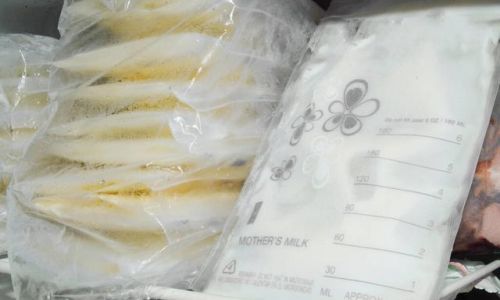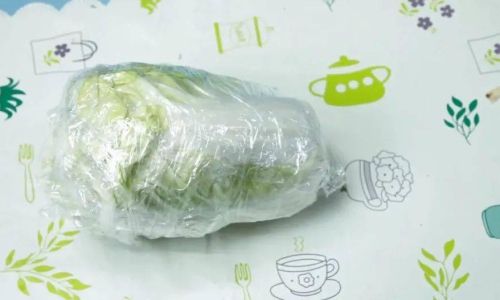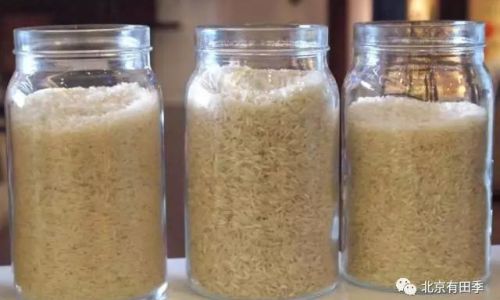Introduction
The Tibetan Snow Lotus Yogurt Starter Culture, often referred to simply as Snow Lotus or Tibetan Kefir Grains, is a unique and ancient probiotic culture used to ferment milk into a nutritious and delicious yogurt-like beverage. These grains, believed to have originated in the high altitudes of the Tibetan Plateau, are prized for their ability to promote gut health, enhance digestion, and provide a range of essential nutrients. However, to fully harness the benefits of Snow Lotus, it is crucial to understand and implement the correct preservation methods. This article aims to provide a comprehensive guide on how to properly store and maintain Tibetan Snow Lotus Yogurt Starter Culture, ensuring its longevity and efficacy.

Understanding Tibetan Snow Lotus Yogurt Starter Culture
Before diving into the preservation methods, it is essential to have a basic understanding of what Tibetan Snow Lotus Yogurt Starter Culture is. Unlike commercial yogurt starters, Snow Lotus grains are a living, symbiotic culture of bacteria and yeast that form a cauliflower-like structure. These grains ferment milk, producing lactic acid and other beneficial compounds that give the final product its distinctive taste and texture.
Snow Lotus grains are known for their resilience and adaptability, capable of surviving in various environmental conditions. However, to thrive and maintain their probiotic properties, they require specific care and handling. Proper preservation not only extends the lifespan of the grains but also ensures that each batch of fermented milk retains its nutritional value and flavor.
The Importance of Proper Preservation
Improper storage of Snow Lotus grains can lead to contamination, loss of viability, and a decline in the quality of the fermented milk. Contamination can occur through exposure to harmful bacteria or molds, which can compromise the health benefits of the culture. Loss of viability refers to the gradual decline in the grains’ ability to ferment milk effectively, resulting in weaker batches over time.
Furthermore, improper preservation can alter the taste and texture of the fermented milk, making it less appealing to consume. Therefore, adopting the correct preservation methods is not just a matter of convenience but a necessity for maintaining the integrity and benefits of Tibetan Snow Lotus Yogurt Starter Culture.
Basic Principles of Preservation

The key principles of preserving Snow Lotus grains involve maintaining an optimal environment for their growth and survival. This includes controlling factors such as temperature, humidity, and exposure to air. Here are the fundamental steps to follow:
-
Temperature Control: Snow Lotus grains thrive in warm, consistent temperatures between 77°F to 86°F (25°C to 30°C). Temperatures below this range can slow down fermentation, while temperatures above can kill the grains. Therefore, it is crucial to monitor and regulate the temperature where the grains are stored.
-
Humidity and Air Exposure: Snow Lotus grains require a moist environment to stay alive. However, excessive moisture can lead to mold growth. To balance this, store the grains in a container with a loose-fitting lid that allows for some air circulation while keeping out contaminants.
-
Cleanliness: Always handle Snow Lotus grains with clean hands and utensils to prevent contamination. Rinse the grains gently in filtered or non-chlorinated water before and after each use.
-
Milk Quality: Use high-quality, full-fat milk for fermentation. Low-fat or skim milk may not provide enough nutrients for the grains to thrive. Avoid using ultrapasteurized or homogenized milk, as these processes can alter the milk’s structure and make it less suitable for fermentation.
Detailed Preservation Methods
Now that we have established the basic principles, let’s delve into the detailed preservation methods for Tibetan Snow Lotus Yogurt Starter Culture.

Storing in Milk
One of the simplest and most effective ways to preserve Snow Lotus grains is by storing them in milk. Here’s how:
- Preparation: Begin by rinsing the grains gently in filtered water. Place them in a clean glass jar.
- Milk Selection: Pour fresh, full-fat milk over the grains, ensuring they are fully submerged. Use milk that has not been ultrapasteurized or homogenized.
- Fermentation: Cover the jar with a loose-fitting lid and allow the grains to ferment the milk at a temperature between 77°F to 86°F (25°C to 30°C). The fermentation process will take approximately 24 to 48 hours, depending on the temperature and the activity level of the grains.
- Refrigeration: Once the milk has fermented to your desired taste and texture, remove the grains using a clean spoon or strainer. Pour the fermented milk into a clean container and refrigerate it for later use. The fermented milk will keep in the refrigerator for up to a week.
- Storing Grains: Rinse the grains again in filtered water and return them to a fresh jar of milk. Repeat the fermentation process as needed.
Drying the Grains
Drying Snow Lotus grains is another preservation method, although it is generally used for short-term storage or transportation. Dried grains can be reactivated later by placing them back in milk. Here’s how to dry and store them:
- Preparation: Rinse the grains gently in filtered water.
- Drying Process: Spread the grains evenly on a clean, dry surface such as a plate or baking sheet. Place the grains in a well-ventilated area away from direct sunlight. Allow them to air-dry for several hours or until they are no longer tacky to the touch.
- Storage: Once dry, store the grains in an airtight container. Label the container with the date and place it in a cool, dark location. Dried grains can be stored for several months but should be checked regularly for signs of mold or deterioration.
- Reactivation: To use dried grains, place them in a jar of fresh, full-fat milk and allow them to sit at room temperature for 24 to 48 hours. The grains will gradually rehydrate and begin to ferment the milk.
Freezing the Grains
Freezing Snow Lotus grains is not recommended as a long-term preservation method due to the potential risk of damaging the grains’ structure. However, if you need to store them for a brief period, such as during a vacation, freezing can be an option. Here’s how:
- Preparation: Rinse the grains gently in filtered water.
- Freezing Process: Place the grains in a small, airtight container. Add a small amount of fresh, full-fat milk to the container, just enough to cover the grains. This will help prevent them from drying out.
- Labeling and Storage: Label the container with the date and place it in the freezer. Freezing will slow down the grains’ metabolic activity but will not stop it completely. Therefore, try to minimize the time the grains are frozen.
- Thawing and Reactivation: To thaw and reactivate the grains, place the container in the refrigerator overnight. Once thawed, transfer the grains to a jar of fresh, full-fat milk and allow them to sit at room temperature for 24 to 48 hours to resume fermentation.
Troubleshooting Common Issues

Despite following the correct preservation methods, you may encounter some issues with your Snow Lotus grains. Here are some troubleshooting tips to help you resolve common problems:
- Mold Growth: If you notice mold on the grains, discard the affected grains immediately to prevent contamination of the entire batch. Mold can occur due to exposure to air or contamination during handling. Always handle the grains with clean hands and utensils, and store them in a clean, airtight container.
- Slow Fermentation: If the grains are not fermenting the milk as quickly as expected, check the temperature. Snow Lotus grains thrive in warm temperatures. If the room is too cold, consider using a yogurt maker or placing the jar in a warm water bath to maintain the optimal temperature.
- Strong Odor or Taste: A strong, unpleasant odor or taste can indicate that the grains have been exposed to contaminants or have been stored for too long. Discard the affected grains and start with a fresh batch.
- Grain Deterioration: Over time, Snow Lotus grains may lose their cauliflower-like structure and become stringy or mushy. This is a natural part of their lifecycle and can be due to age, improper storage, or frequent drying and reactivation. If this happens, consider starting with a new batch of grains to ensure optimal fermentation.
Conclusion
Tibetan Snow Lotus Yogurt Starter Culture is a unique and valuable probiotic culture that offers numerous health benefits. To fully harness these benefits, it is crucial to adopt the correct preservation methods. By controlling factors such as temperature, humidity, and air exposure, and by maintaining cleanliness and using high-quality milk, you can ensure that your Snow Lotus grains thrive and produce delicious, nutritious fermented milk batches.
Remember, proper preservation is not just a matter of convenience but a necessity for maintaining the integrity and benefits of Tibetan Snow Lotus Yogurt Starter Culture. By following the detailed preservation methods outlined in this article, you can enjoy the health benefits of Snow Lotus yogurt for many years to come. Happy fermenting!






0 comments